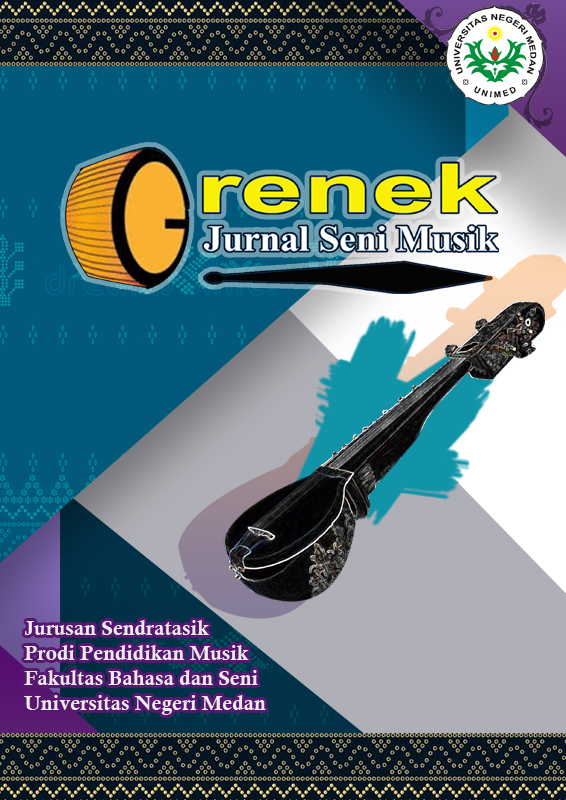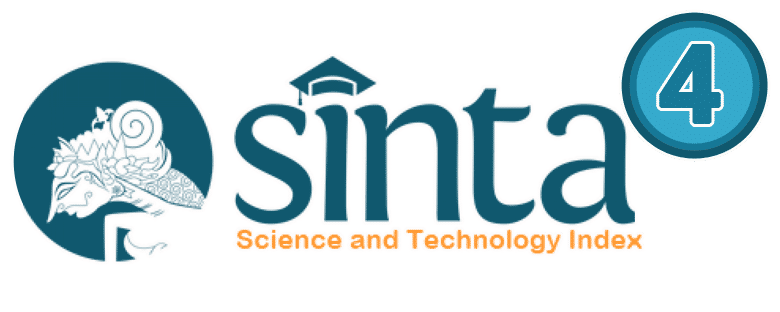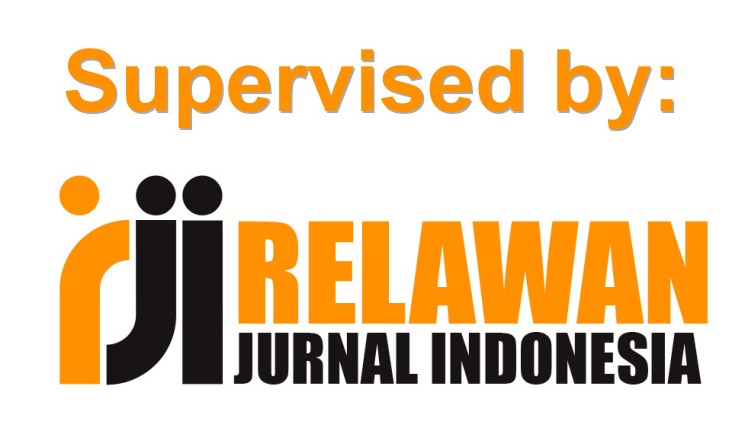The Singing Style of Kamariah Noor: An Analytical Study of Singing Style in Lagu Melayu Asli
DOI:
https://doi.org/10.24114/grenek.v14i1.67727Keywords:
Kamariah Noor, Lagu Melayu Asli, Singing Style, Motif, Lenggok, OrnamentationAbstract
The preservation and revitalization of traditional musical performance practices represent critical challenges in contemporary ethnomusicological discourse, particularly within the context of Malay musical heritage. This research proposes a comprehensive strategy for rejuvenating Lagu Melayu Asli (LMA) through systematic integration of Kamariah Noor’s (KN) distinctive singing style, which have been marginalized by current performance standardization. This research also examines the distinctive vocal characteristics and musical techniques of KN, a prominent singer in LMA. Through comprehensive discographic analysis and expert interviews, this study explores KN’s unique singing style, focusing on her singing motifs in the singing style of LMA.References
Abdul Wahab, A. F. (2023). Art Songs Composition Inspired by the Urbanization and Deforestation Phenomenon [review].
Abdullah, A. (2019). Pengalaman Bersama Kamariah Noor (S. Junaidi, Interviewer) [Review of Pengalaman
Abu Bakar, N. A. (2023). Persembahan nyanyian lagu tradisional melayu dalam bentuk ensembel vokal (Unpublished doctoral dissertation). Universiti Perguruan Sultan Idris.
Ahmad. N (2023). Personal Communication. Kuala Lumpur: ASWARA.
Arshad, S. F. (2015). Lenggok, bunga dan gerenek: Analisis stilistik lagu Melayu asli secara instrumental. Unpublished master’s thesis). Aswara, Kuala Lumpur, Malaysia.
Baumeister, R. F., & Leary, M. R. (1997). Writing narrative literature reviews. Review of general psychology, 1(3), 311-320.
Creswell, J. W., & Creswell, J. D. (2022). Research Design: Qualitative, Quantitative, and Mixed Methods Approaches. America: SAGE Publications.
Dewan Bahasa dan Pustaka. (2017). Kamus Dewan Edisi Keempat. Jakarta: Xentral Methods Sdn Bhd.
Kajol, R. (2018). Asal Usul Lagu Melayu Asli dan Perkembangan (S. Junaidi, Interviewer).
Moore, A. F. (2012). Song Means: Analysing and Interpreting Recorded Popular Song. Farnham and Burlington VT: Ashgate Publishing.
Nik Shareena Rosny, M. R. (2018). Kajian ornamentasi dalam muzik Melayu Asli: Permainan violin gaya Hamzah Dolmat/Nik Shareena Rosny Mohd Rosly (Doctoral dissertation, University of Malaya).
Ritawati, T. (2017). ’An Analysis Study: Melismatic in Original Malay Song (OMS)’. International Journal of Social Sciences, 50(1) 15-27.
Saleha. M. N (2019,). Background of Kamariah Noor (S. Junaidi, Interviewer).
Tagg, P. (2012). Music’s Meanings: A Modern Musicology for Non-Musos. New York: Mass Media Music Scholars’ Press.
Tranfield, D., Denyer, D., & Smart, P. (2003). Towards a methodology for developing evidence‐informed management knowledge by means of systematic review. British journal of management, 14(3), 207-222.
Webster, J., & Watson, R. T. (2002). Analyzing the past to prepare. MIS quarterly, 26(2), 13-23.
Downloads
Published
Issue
Section
License
Copyright (c) 2025 Syazwan bin Junaidi , Zaharul Lailiddin bin Saidon

This work is licensed under a Creative Commons Attribution-ShareAlike 4.0 International License.
Authors published with the Grenek: Jurnal Seni Musik agree to the following terms:
- Authors retain copyright and grant the journal the right of first publication with the work simultaneously licensed under a Creative Commons Attribution License (CC BY-SA 4.0) that allows others to share the work with an acknowledgment of the work's authorship and initial publication in this journal.
- Authors are able to enter into separate, additional contractual arrangements for the non-exclusive distribution of the journal's published version of the work (e.g., post it to an institutional repository or publish it in a book), with an acknowledgment of its initial publication in this journal.
- Authors are permitted and encouraged to post their work online (e.g., in institutional repositories or on their website) prior to and during the submission process, as it can lead to productive exchanges, as well as earlier and greater citation of published work. (See The Effect of Open Access)








